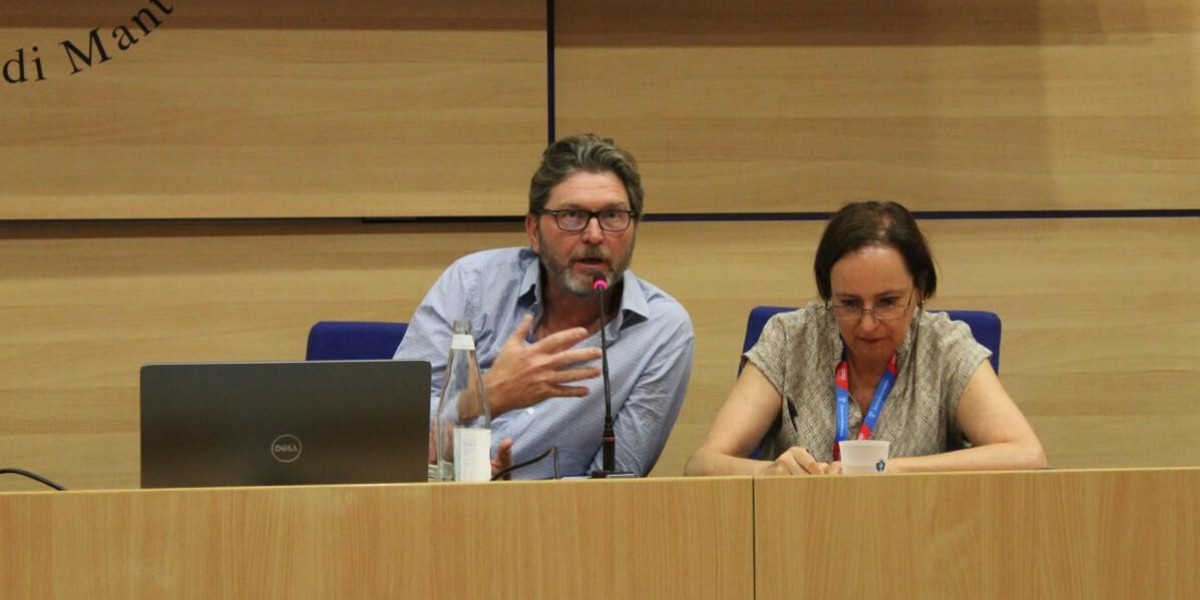
Behind the story of the mysterious Icelandic explorer Geirmundur Heljarskinn
According to legend, Geirmundur Heljarskinn was an explorer who came to Iceland in the ninth century. He was a member of one of the first Norwegian Viking expedition teams who reached the island and settled there. This is not just another tale of ancient Viking adventures, though; in fact, Geirmundur had a dark complexion and almond-shaped eyes, traits that make him an incredibly mysterious figure in Icelandic history.
Last evening at the Aula Magna of the Università di Mantova, Alessandro Vanoli introduced the new book by Bergsveinn Birgisson, Il Vichingo nero (The Black Viking). In his book, Birgisson recounts how he spent 20 years studying all the sources available on the Icelandic explorer to answer some questions: where did Geirmundur come from? Why did he come to Iceland? And ultimately, is it possible to fill in the gaps in his life?
Birgisson used a mixture of styles to create a book that is both a historical essay and a novel. Dark-skinned people like Geirmundur in the ninth century were also called Irish. Starting from Ireland, the author then follows the routes of Viking ships and ends up in Siberia and Eurasian steppes; Eurasian nomad peoples, who had Eastern physical features, settled in Denmark, too, so it was not probably that unusual to see a dark-skinned person in Scandinavian countries.
The traditional tale of the origins of Iceland narrates how Norwegian nobles fled their country in search of freedom to escape from the centralised power of Harald Fairhair. Usually, people created these myths decades or even centuries after events were said to have taken place, so they are not always historically reliable. Birgisson points out that economic reasons, intensive walrus hunting and slavery were behind the Vikings’ decision to leave Norway.
Unfortunately, history cannot help reconstruct Geirmundur’s life and all the questions that are still open about him. A good story needs to have a beginning and an end, though, so for the sake of narrative structure, Birgisson takes a leap of faith, filling the historical gaps with everything history is not talking about. This way, a mysterious and idealised character becomes a more real, human and approachable hero.



